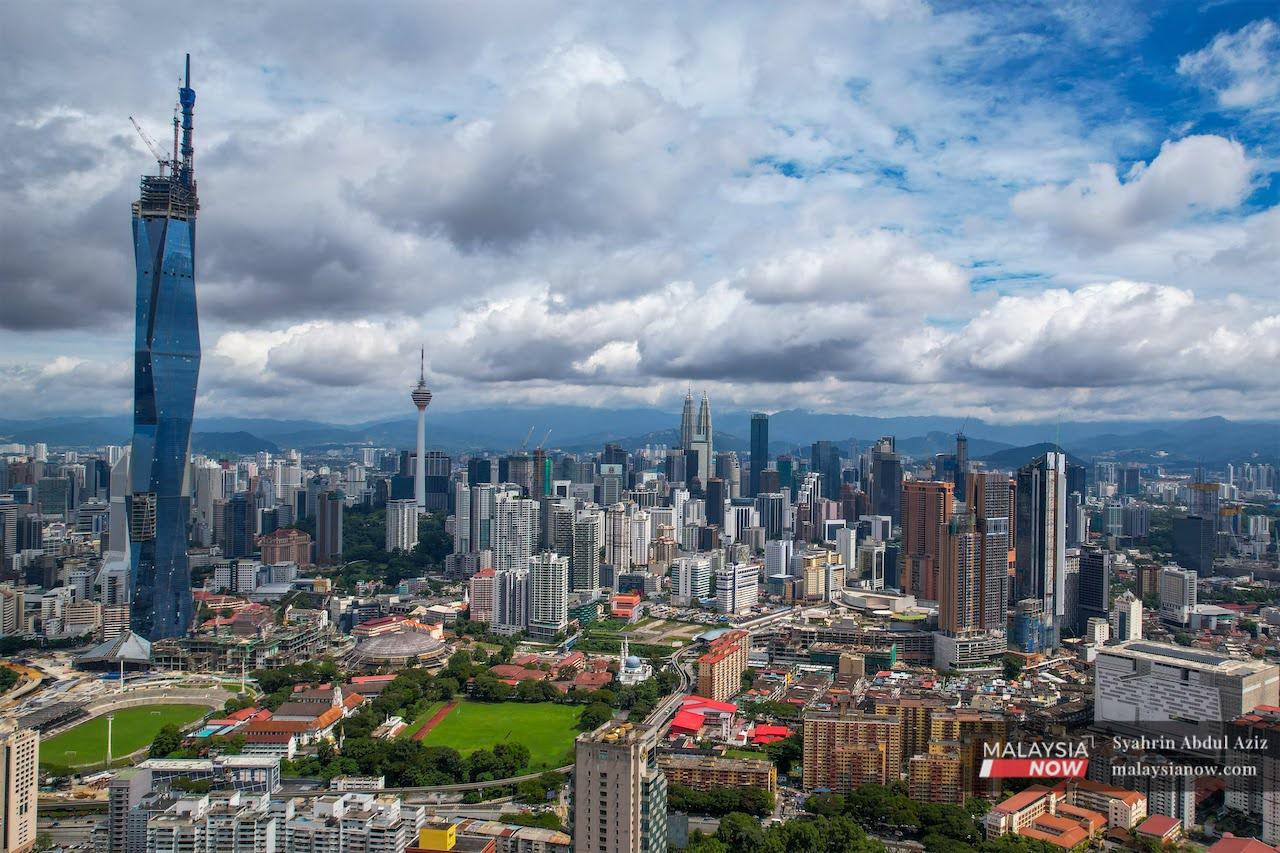‘Craze’ for Western names could see development projects losing Malaysian identity
Development companies are urged to put local names first, given that Malaysia has its own language and identity.
Just In
The trend of using Western-style names for development projects especially in the Klang Valley has raised questions about the possible erosion of Malaysian identity.
While development is a sign of progress and growth, some have questioned the need to use foreign names.
Similarly, some locations originally known by local names have been rebranded, such as Bangsar South which used to be known as Kampung Kerinchi.
In this case, the name eventually reverted following strong protest from the residents in the area.
Real estate consultant Natasha Gideon said the use of Western names for property projects or new developments is part of marketing efforts to commercialise the area in question.
But while the giving of sophisticated names does have an impact on demand, it does not determine the value of property in the area, she said.
For example, the average value of a home in Kampung Kerinchi is RM1,000 per sq ft, a three-fold increase from RM300 in 2018.
“The value of property is determined based on development and location,” Gideon told MalaysiaNow.
“If there are extras such as infrastructure developments and public transport facilities, it will definitely go up in price.”
Locations with development projects seen as having an impact on the identity of the area include Mont Kiara in Segambut, KL East in Taman Melawati, Coalfields in parts of Sungai Buloh, and Setia Ecohill in Semenyih.
Nevertheless, there are also luxury neighbourhoods with local names such as Bukit Tunku in Kuala Lumpur which is synonymous with huge bungalows and villas.
Recalling an experience with a client, Gideon said the change in name from Bangsar South back to Kampung Kerinchi had had an impact on the perception of buyers.
“The client had wanted to buy a home in Bangsar South,” she said.
“But he changed his mind after discovering that the name of the area would revert to Kampung Kerinchi.”
Awang Sariyan, chairman of the Dewan Bahasa dan Pustaka board, said the “craze” of highlighting foreign languages, especially English, could be found in many other sectors aside from property.
He said the giving of foreign names to areas under development could stem from a sense of low self-esteem when it comes to the national language, and the belief that English names bring more commercial value.
“There is still a widespread mentality of captivity to foreign elements,” he said, expressing concern that the trend in the property sector could weaken the national language.
But when asked if Malaysia should follow in the footsteps of the Henan district in China which has prohibited the use of foreign names for development projects, Awang said there was no need to go to such an extent.
“Our country’s policy is not to ban the use of foreign languages but to prioritise the national language and to use foreign languages at a secondary level,” he said.
Both he and Gideon agreed that development companies should put local names first, given that Malaysia has its own language and identity.
“Local names also have a unique quality that reflect a sense of luxury,” Gideon said.
Awang meanwhile warned that the situation would have a negative effect on the Malay language in the long run as the image portrayed would not be one of a homeland, even in terms of language.
Subscribe to our newsletter
To be updated with all the latest news and analyses daily.
